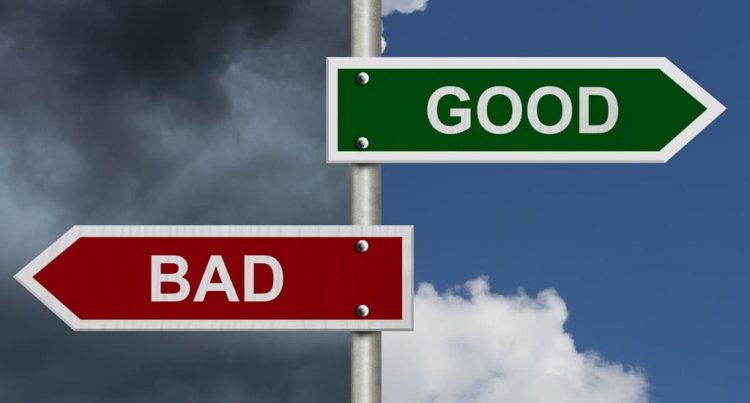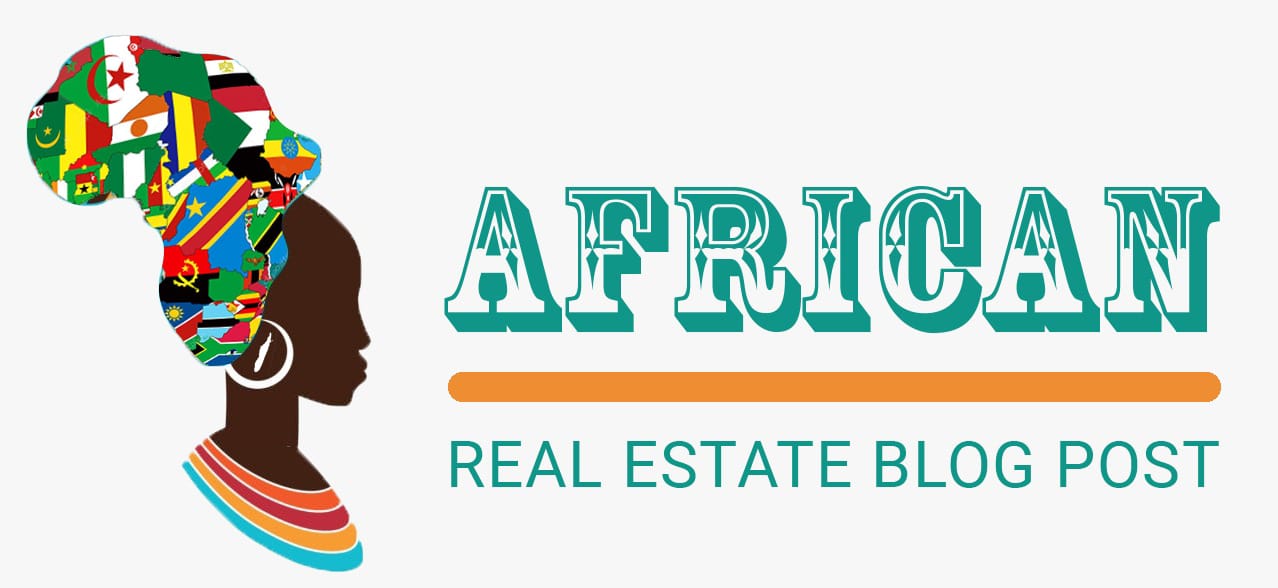Difference Between Bad Loans and Good Loans in Real Estate
The difference between bad loans and good loans lies in the purpose for which they are used and their impact on the economy.

Loans are an essential aspect of the economy, and they play a crucial role in facilitating economic growth and development. However, not all loans are created equal, and there are significant differences between good loans and bad loans. In this article, we'll explore the difference between bad loans and good loans and how they can impact the economy.
What are Good Loans?
Good loans are those loans that are used to invest in productive assets that generate income and increase economic activity. They are typically used to finance productive activities such as starting a business, buying a home or car, or investing in education or skills training. Good loans are usually repaid on time with interest, and they contribute to the creation of wealth and economic growth.
For example, a small business owner may take out a loan to purchase equipment or hire more staff to expand their operations. This loan will enable them to increase their production and generate more revenue, which will help them repay the loan and contribute to the economy's growth.
What are Bad Loans?
Bad loans, also known as non-performing loans (NPLs), are loans that are unlikely to be repaid fully or at all. These loans are typically extended to borrowers who are not creditworthy, and they are used to finance consumption or non-productive activities. Bad loans can be a significant drag on the economy, and they can lead to financial instability and economic downturns.
For example, a borrower who takes out a loan to buy a luxury car that they cannot afford may struggle to repay the loan, leading to default. Similarly, a borrower who takes out a loan to finance a lavish wedding or vacation may find it challenging to repay the loan, leading to default.
Impact on the Economy
Good loans contribute to economic growth and development by enabling individuals and businesses to invest in productive assets that generate income and create jobs. They also contribute to the development of financial markets and institutions, which are critical for the efficient allocation of resources in the economy.
Bad loans, on the other hand, can have a significant negative impact on the economy. When borrowers default on their loans, banks, and other financial institutions suffer significant losses, which can lead to financial instability and economic downturns. Bad loans can also lead to a credit crunch, where banks become reluctant to lend, leading to a reduction in economic activity and growth.
Conclusion
In conclusion, the difference between bad loans and good loans lies in the purpose for which they are used and their impact on the economy. Good loans contribute to economic growth and development by enabling individuals and businesses to invest in productive assets that generate income and create jobs. Bad loans, on the other hand, can lead to financial instability and economic downturns by causing losses to financial institutions and reducing economic activity. Therefore, it is essential to ensure that loans are used for productive purposes and that borrowers are creditworthy to avoid the negative consequences of bad loans.
If you have a real estate press release or any other information that you would like featured on African Real Estate Blog Post do reach out to us via email at [email protected]

































